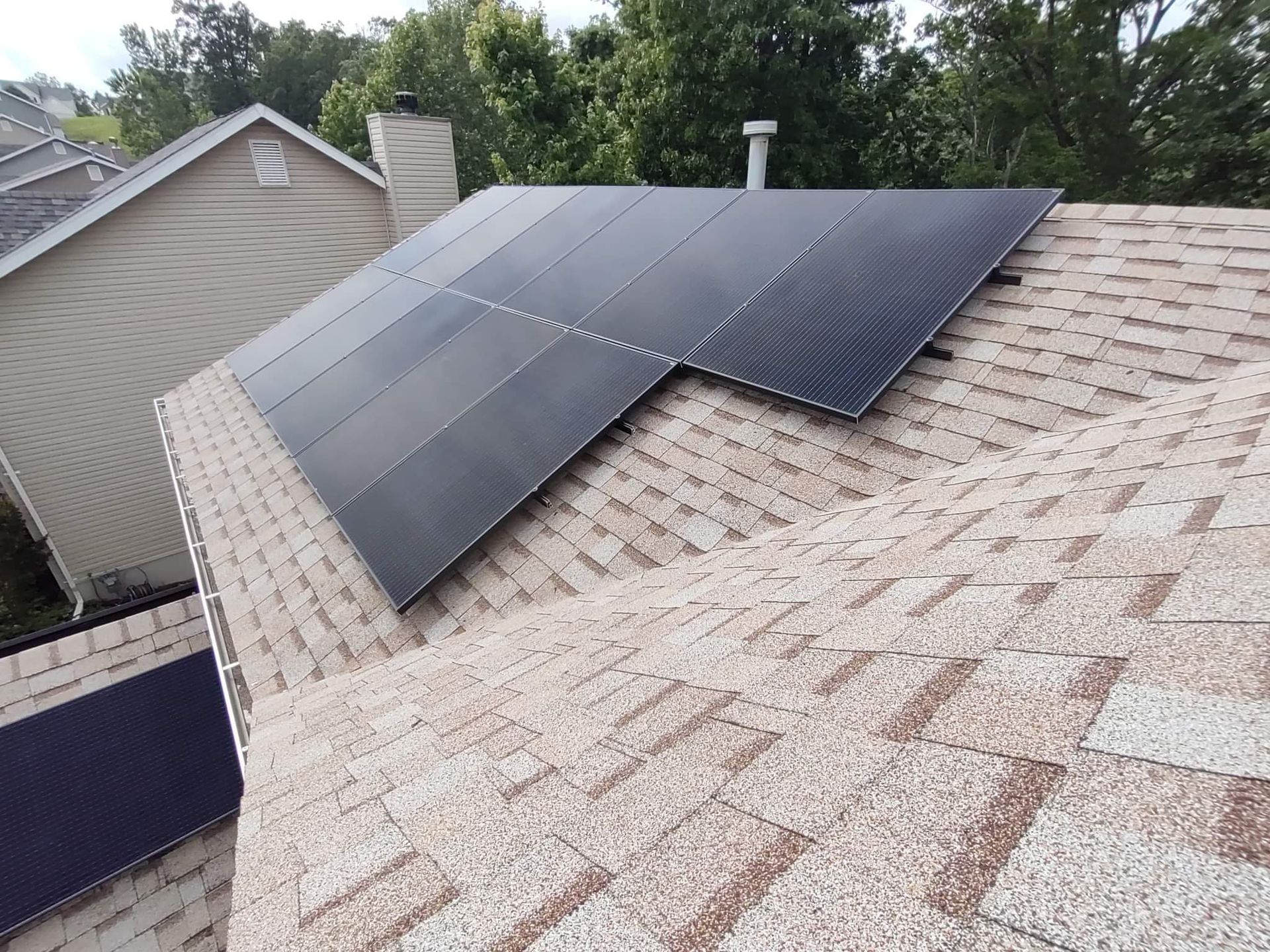Effortless Solar Solutions in
Missouri & Illinois
At SunSent Solar, we consider educating our community our main focus. We're here to help whether you're interested in learning about solar solutions in Missouri or Illinois or considering purchasing solar for your home or business.
Want to Start Your Solar Journey?
How Do Solar Panels Work?
Considering solar for your home or business? Understanding how it works is key before making the switch. Solar energy offers a cost-effective way to take control of your power, lower bills, and increase sustainability. Here’s what you need to know before going solar...
#1 The Basics
Solar energy is generated when sunlight excites electrons in a solar panel’s cells, creating a chain reaction that produces electricity. This energy is then converted and used to power your home or business efficiently.
#2 Power Conversion
After your solar panels generate electricity, it flows through a conduit to an inverter, which converts direct current (DC) into usable alternating current (AC). This electricity then powers your home just like energy from the grid.
#3 Grid Reliance
Most
Missouri &
Illinois homeowners stay connected to the grid after installing solar. This allows them to send excess energy back for credits while still having reliable power on cloudy days or at night. Going off-grid requires battery storage to ensure energy availability when solar production is low.
#4 Our Process
- Assess Energy Needs – Determine your electricity usage to size your system.
- Evaluate Suitability – We assess your roof’s orientation and shading for solar viability.
- Get a Quote – Receive an estimate online or on-site.
- Schedule Installation – A quick 1-2 day process.
- Enjoy the Benefits – Lower bills and clean energy for years to come!
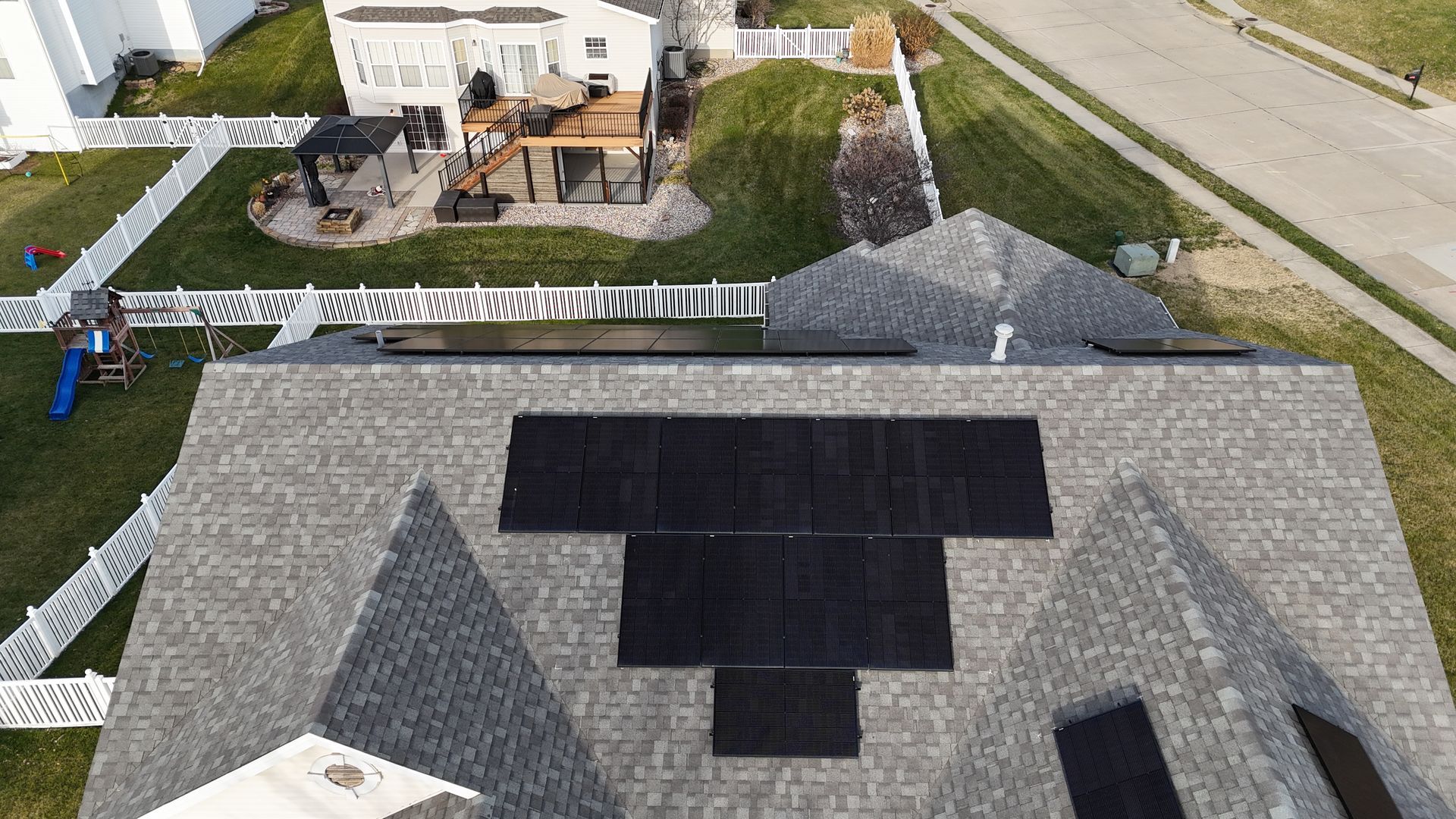
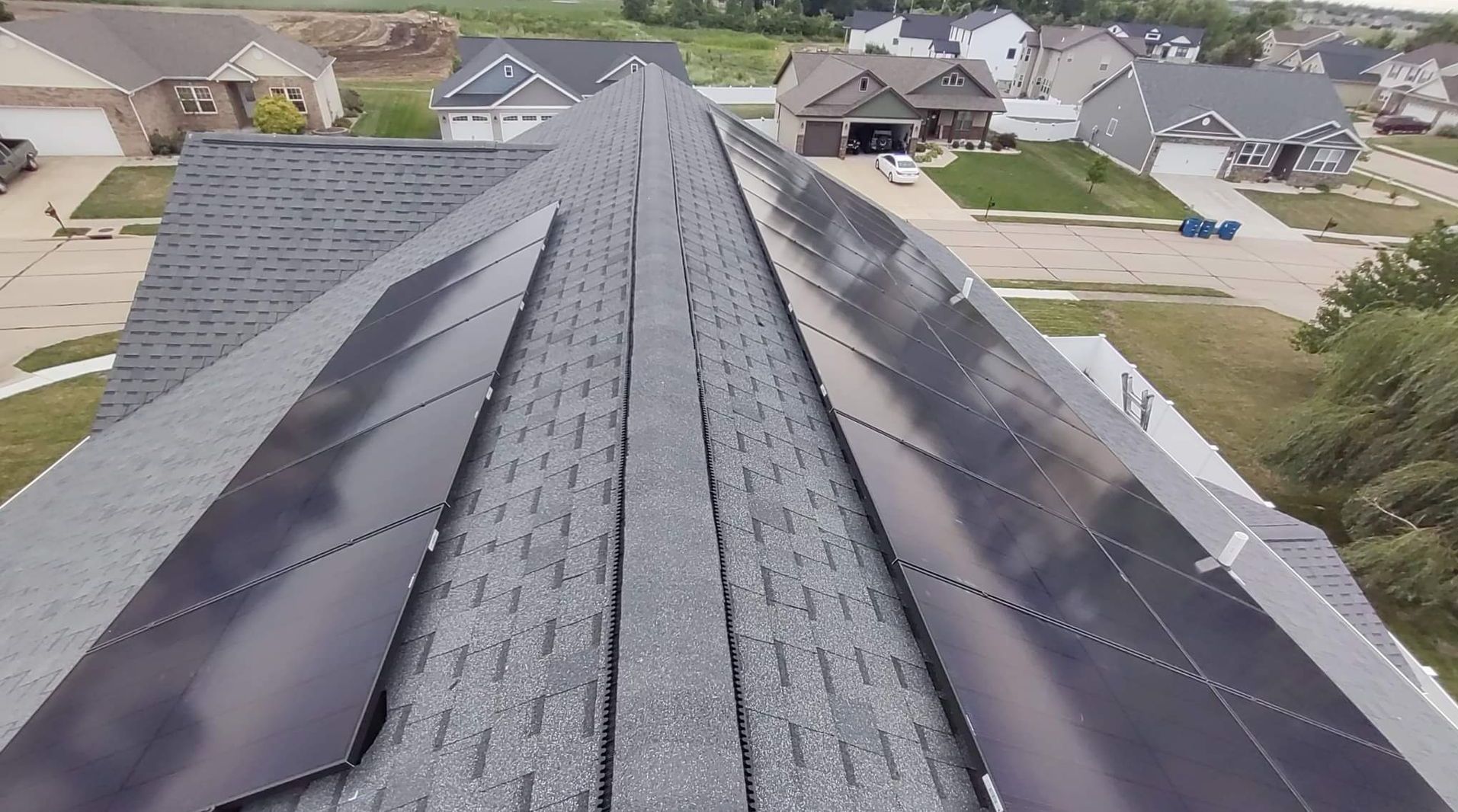
#5 Increasing Rates
Electricity costs have steadily risen over the past 30 years, with inflation averaging around 2% annually. The U.S. Energy Information Administration (EIA) reports that residential electricity prices increased from about 8 cents per kWh in 1990 to 13 cents per kWh in 2020. Factors like fuel costs, regulations, and infrastructure changes impact price fluctuations, with regional variations. For precise, up-to-date rates, consult the EIA or a financial expert.
#6 Battery Storage
Some solar energy systems also include battery storage, which allows excess electricity to be stored for later use. This can provide backup power during outages or blackouts and can also increase energy independence.
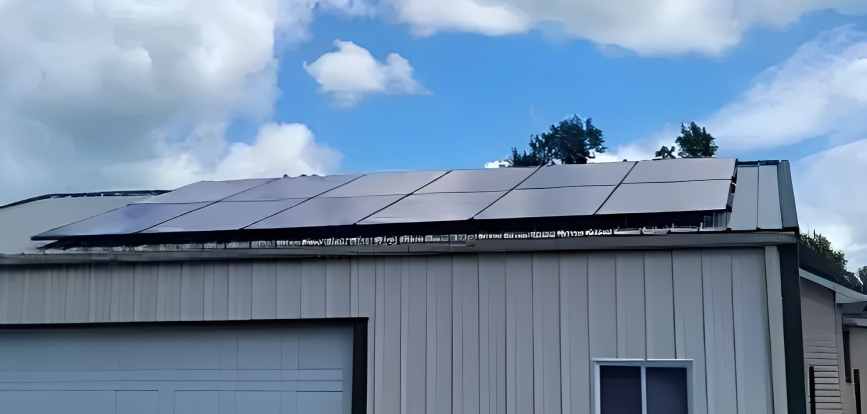
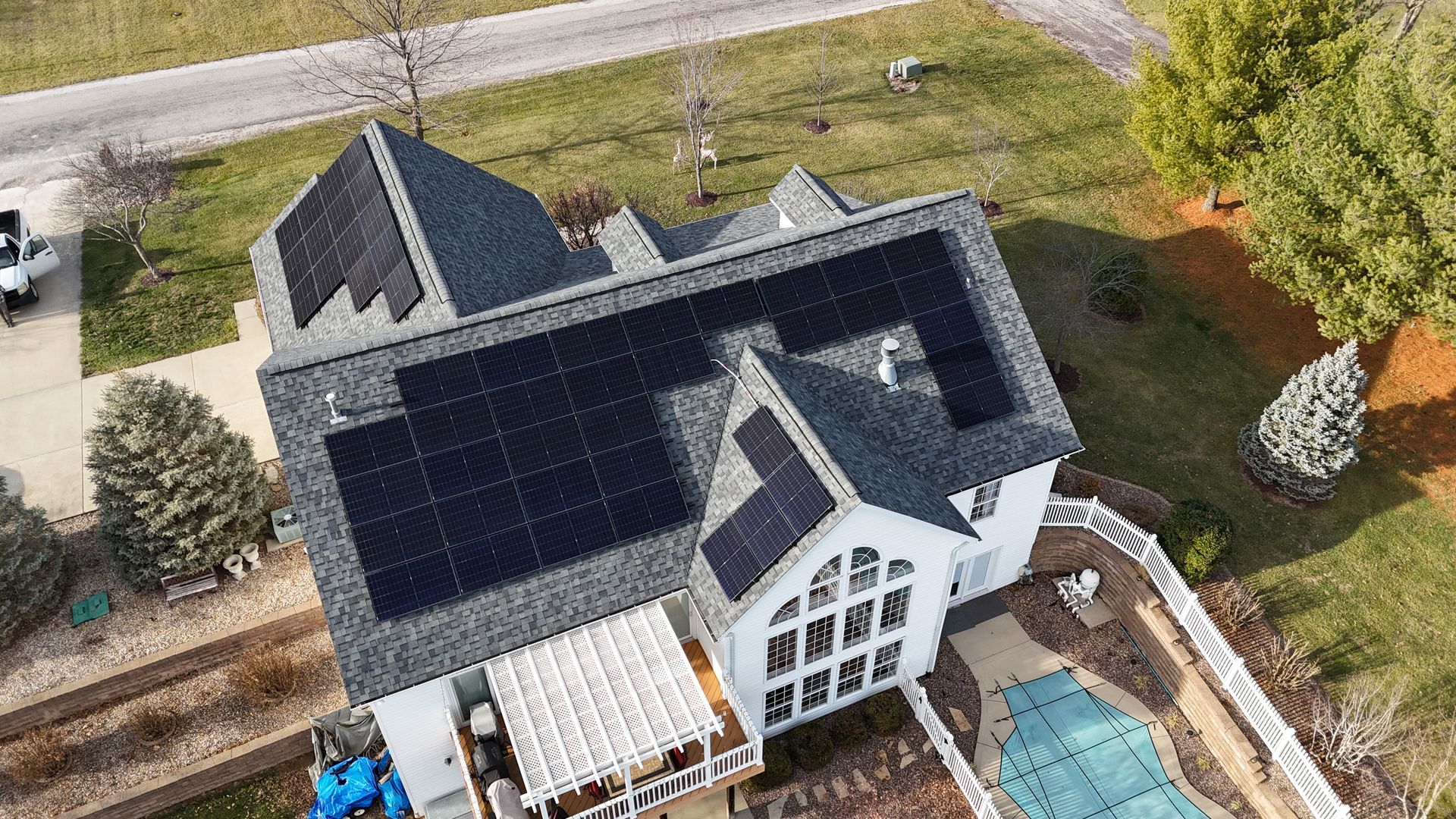
#7 The Panels
Solar panels contain photovoltaic (PV) cells, primarily made of silicon, which convert sunlight into direct current (DC) electricity. The two main types of silicon used are monocrystalline (higher efficiency, single-crystal) and polycrystalline (lower cost, multi-crystal). Other key components include metal contacts for electricity transfer, anti-reflective coatings for efficiency, and protective coverings for durability. These materials are chosen for performance, longevity, and sustainability.
#8 Choosing a Solar Company
Experience & Expertise: Look for a company with a proven track record and certified installers familiar with your area.
Quality Equipment: Ensure they use reputable brands with strong warranties.
Customer Reviews: Check testimonials to gauge reliability and service quality.
Pricing & Financing: Compare quotes and look for flexible payment options.
Maintenance & Support: Choose a company that offers long-term system care and troubleshooting.
Installation Process:
Understand the timeline and any potential disruptions before committing.
